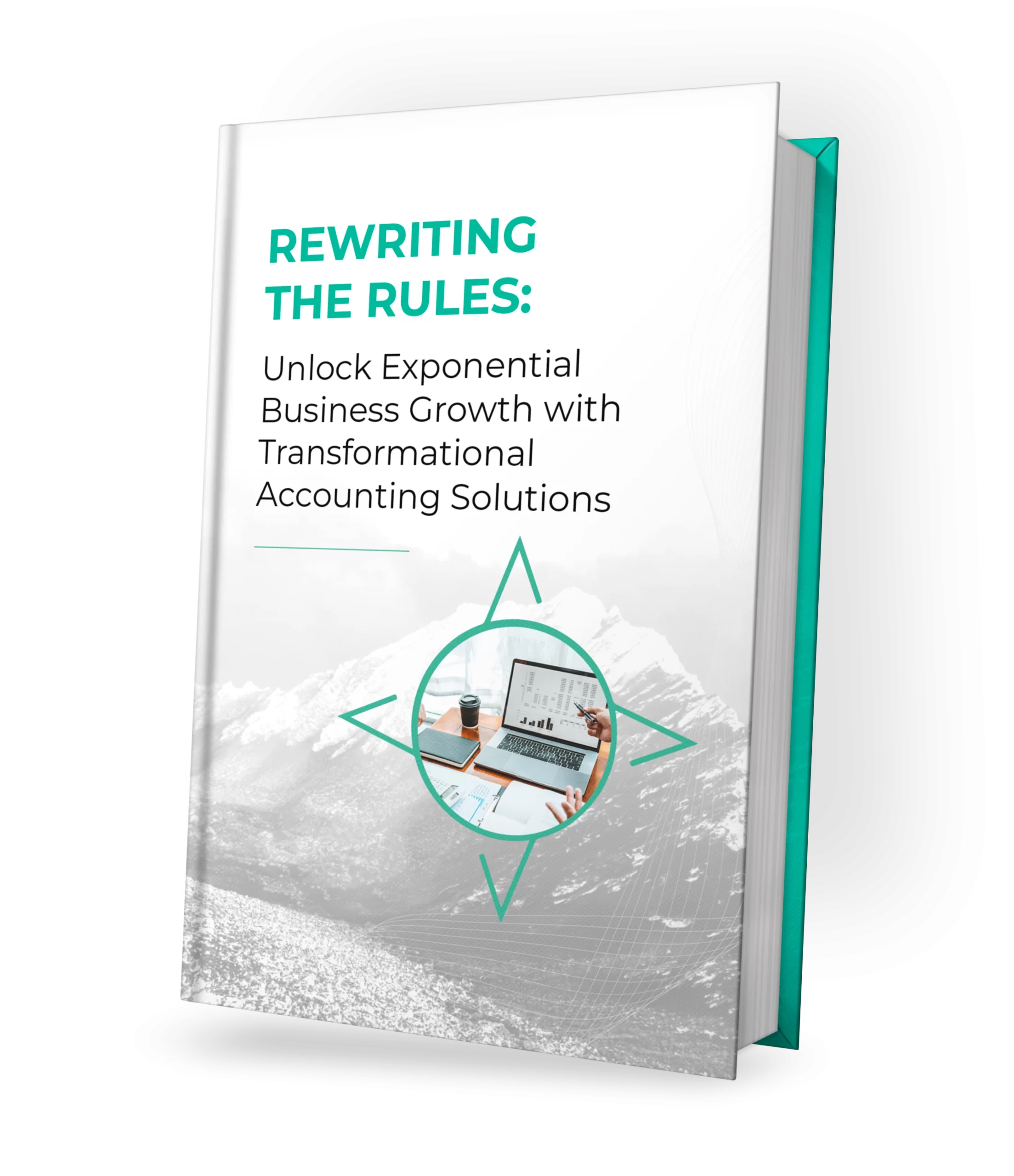In this article we review how the Research & Development Tax Credit can be used to extend runway and benefit your startup.
Research & Development Tax Credits: A Secret Weapon for Startups
The research and development tax credit offered by the IRS seems almost too good to be true. It allows you to deduct every dollar you invest in R&D from your tax liability. That can translate to significant tax savings and create a compelling incentive to explore newer, better ideas. So why don’t more businesses, startups and small businesses especially, take advantage of this tax credit?
It really comes down to lack of awareness. Young companies that haven’t refined their tax strategy yet may not know the research & development tax credit exists. Or they might think it doesn’t apply to them. The simple fact is that lots of businesses could lower their tax bill and turbocharge their innovation efforts by using this tax credit to their advantage. Plus, it’s simpler than it seems. We outline everything you should know below.
A Decision – Deduct, Amortize, or Tax Credit
For companies who do not take the R&D tax credit they have a choice to immediately expense R&D costs or amortize the costs over five (5) years.
IMPORTANT DEADLINE: Act Before It’s Too Late
This could be the last year to take advantage of immediate expensing of R&D costs. Under current law, companies who do not take the R&D tax credit will be required to amortize R&D costs over a five year period beginning in 2022. This represents a major change to tax policy – companies have been able to immediately expense R&D costs since 1954 – and will have sweeping implications for how companies fund innovation. Don’t miss what could be the final opportunity to deduct your R&D costs. Adjust your 2021 strategy to leverage this tax advantage while you still can.
Do You Qualify for Tax Credits?
The tax credit applies to two kinds of expenses. Basic research payments (BPEs) are for original investigations that advance scientific knowledge but have no direct commercial purpose. Qualified Research Expenses (QREs) apply to investments in products, processes, software development or improvements with an explicit commercial purpose. It does not need to be original research. More importantly, it doesn’t have to succeed – failed research applies for credits as well. Here’s a four-part test to determine if an R&D activity applies for a tax credit.
- Serves a Qualified Purpose – The activity must be undertaken with the intent to improve upon something: product, process, formula etc.
- Addresses a Technological Uncertainty – The activity must address an unknown or uncertainty – something that isn’t already apparent.
- Applies Experimentation – The activity must utilize trial and error, modeling, simulation, and other techniques and to explore a multiplicity of outcomes.
- Utilizes Hard Science – The activity must apply principles of hard sciences (engineering, biology, computer science etc.) rather than social sciences (psychology, economics etc.)
What Can You Deduct in 2021?
Expenses that qualify as deductible R&D costs include taxable wages, supply costs, US contractor costs, and computing costs. But some expenses don’t apply: research done outside the US, management costs, market research, routine data collection, and many more. Maximizing without overstepping your deduction is where things can get tricky with this tax credit.
Proseer –Startup Tax Strategy
It’s never too early for a startup to put a tax strategy in place – especially when the window to deduct R&D costs is closing quickly. Get all the guidance you need from the team at Proseer.
For a more in depth look at R&D tax credit criteria take a look at our prior insight article The R&D Tax Credit – A Missed Opportunity for Many Startups and Small Businesses.

